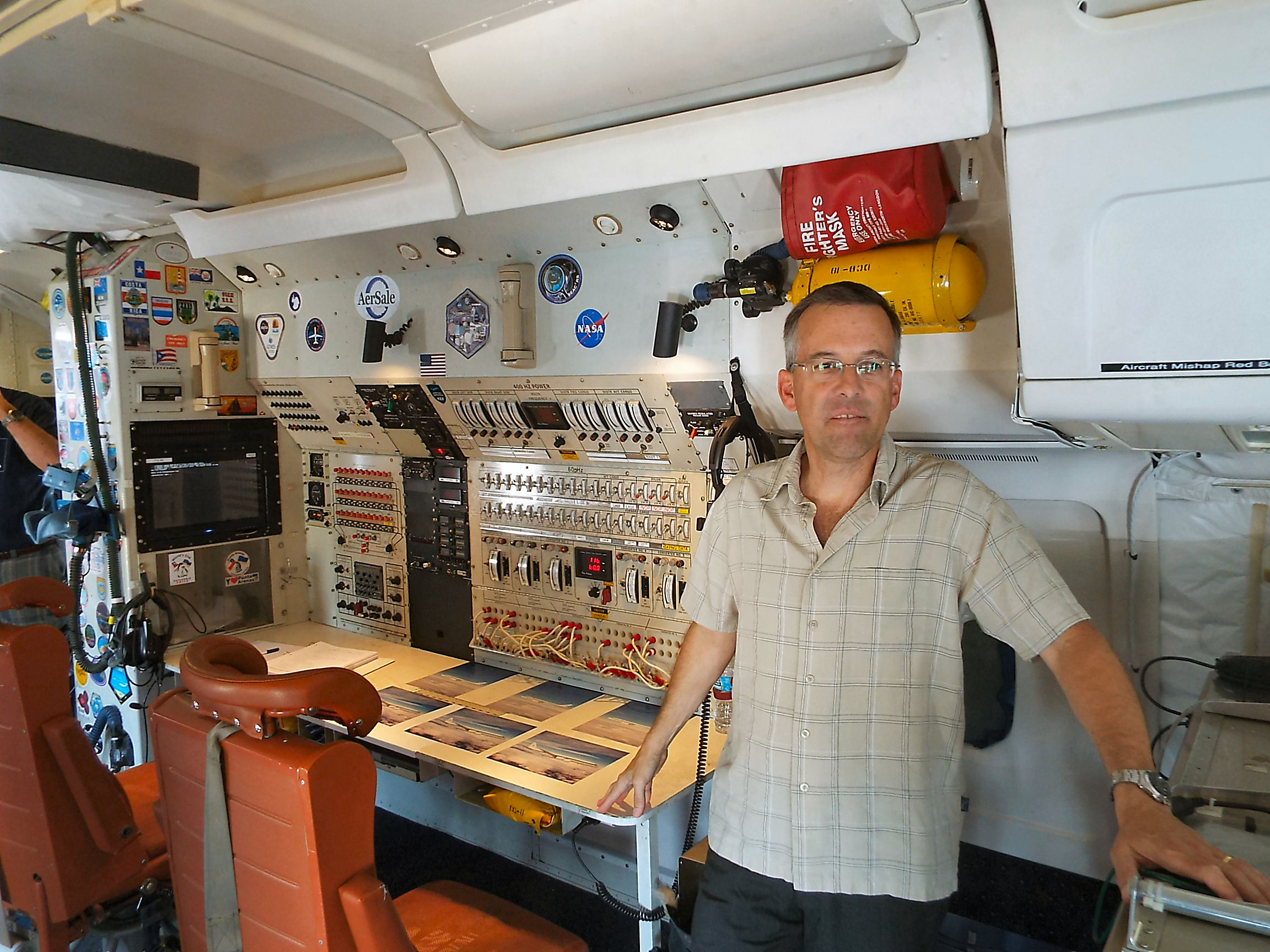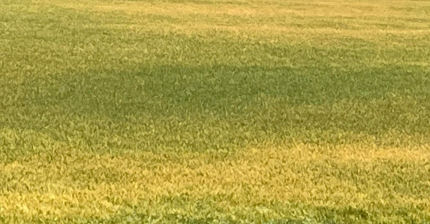A group of scientists from NASA-the National Aeronautics and Space Administration, NOAA-the National Oceanic and Atmospheric Administration, and multiple universities are working on a project this summer, learning as much as they can about nighttime thunderstorms. The multi-agency scientific project has been utilizing the facilities of the Salina Regional Airport for the past couple of weeks.
The Plains Elevated Convection at Night, or PECAN, project began June 1 and continues through mid-July. Along with NASA and NOAA, participants from eight research laboratories and 14 universities are collecting storm data to find out how and why they form.
NASA’s DC-8 airborne laboratory and NOAA’s P3, Lockheed WP-3D hurricane hunter aircraft have been flying nightly in and out of Salina.
Tim Moes, Project Manager of the NASA airborne laboratory tells KSAL News that the goal of the mission is very simple. The team wants to learn as much as they can about about thunderstorms that form after dark. With the information they gather they hope to better understand why the storms form, where they will form, and how severe they will be. That information will help to better forecast the storms, potentially saving lives and property.
Moes said that each flight is about is about two things. First and foremost safety, and secondly gathering as much data as possible. The aircraft flies within about 10 miles of a severe thunderstorm. It gathers date that includes things like moisture and wind readings, among other things things.
Among its payload, the NASA aircraft is carrying two pieces of prototype equipment that are being tested to one day be a part of missions in space. One is a rain cube device used to study moisture, and the other is a microwave radiometer device that is used to gather temperature and water vapor data from the upper levels of the atmosphere.
Both the NASA C-8 airborne laboratory and NOAA Lockheed WP-3D hurricane hunter have been flying with a crew of about 20 scientists and researchers on board.
One of the biggest challenges is deciding when, and where to deploy. When the team deploys, it’s not just in the air. Mobile teams also go out on the ground, with sophisticated scientific equipment as well, gathering data underneath the storms.
Moes said that while NASA might be best known for its space program, the organization is also heavily involved in the study of earth science. “NASA has a significant contingency of earth scientists, at a number of NASA centers,” he said.
Along with the NASA and NOAA aircraft, researchers are also gathering data with a University of Wyoming King Air plane, ground-based instruments, weather balloons and mobile radars. Storm information is being gathered from the ground and air instruments across northern Oklahoma, central Kansas, and south-central Nebraska through July.
The Salina portion of the project will conclude in a few days.
The PECAN project is funded by the National Science Foundation with additional support from NASA, NOAA, the National Center for Atmospheric Research in Boulder, Colorado, and the Department of Energy.
Once the NASA C-8 airborne laboratory leaves Salina it is headed to a mission in Puerto Rico, followed by missions in Washington State and Antarctica.
- Tim Moes, Project Manager of the NASA DC-8 airborne laboratory, stands aboard the aircraft Saturday afternoon.



